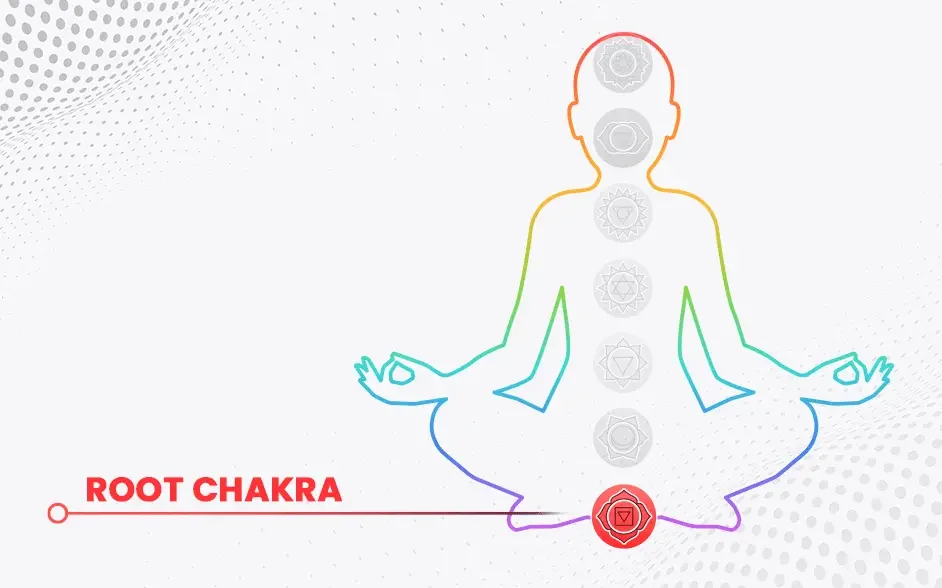Bridging Physical Therapy, Yoga, and Pelvic Health — A Holistic Approach to Healing and Movement
The Connection Between Physical Therapy, Yoga, and Pelvic Health
Physical therapy and yoga both focus on movement, alignment, and awareness — but yoga brings an added layer of breath, mindfulness, and connection that deeply supports healing, especially when it comes to the pelvic floor.
Exploring the Mind-Body-Soul Connection
In physical therapy, we focus on biomechanics — strengthening weak muscles, mobilizing tight joints. In yoga, we bring mindfulness and breath work into the same movements. Together, they create both physical and emotional resilience because the shared goal is restoring balance and function
Physical Therapy
Movement Based and Anatomy Driven
Yoga
Combination of breath, mindfulness, nervous system regulation
Understanding the Pelvic Floor
The pelvic floor is more than a group of muscles — it’s the foundation of our core and our emotional center. It responds not only to movement but also to how we breathe, think, and feel. In yoga the pelvic floor is also where muladhara (root) chakra is located and where our safety and feeling of being grounded lies. With mula bandha or root lock we are able to maintain that energy in the pelvic floor. Similarly in physical therapy, we use the pelvic floor contraction to restore energy and strength to this area.
Foundation of core stability
Supports organs, continence, posture, and breath
Affected by stress, posture, pregnancy, pain, and breathing mechanics
The Breath is the Bridge
When we inhale, the diaphragm descends — so does the pelvic floor. On exhale, both lift and stabilize. Yoga’s pranayama practices perfectly complement PT exercises by restoring this natural rhythm.
Diaphragm and pelvic floor move in coordination
360° breathing restores core and pelvic stability
Breath awareness reduces pain and tension
Common Overlaps
Yoga and pelvic floor therapy have multiple overlapping factors which makes them beneficial. They both encourage mobility, stability, strength and alignment with various movements and poses. Pelvic therapy and yoga both promote mindfulness and body awareness through movement. Below are a few examples of yoga poses that are integrated with pelvic floor physical therapy.
-
Activation of gluteal muscles as well as coordination between pelvic floor and core to lift up
-
Spinal mobility with diaphragmatic breathing eases tension and allows the breath to flow fully through the spine and body
-
Posture alignment and grounding to encourage pelvic floor mobility as well as breath awareness
-
Encourages more breath into posterior spine and ribs as well as relaxes pelvic floor
-
Good restorative and release pose especially when done with 360 breath and pillows supporting under knees
Many patients with pelvic pain or dysfunction hold unconscious tension. Yoga gives them tools — mindful movement, breath, and grounding — that empower them to self-regulate and release.
Gentle poses help with relaxation and pelvic floor down-training
Improves awareness, posture, and stress regulation
Encourages long-term self-care beyond the clinic.
The Role of the Nervous System
Many patients and clients we see have stored stress and emotions in the hips and pelvic floor. When we combine manual therapy and neuromuscular retraining from PT with yoga’s calming effects, patients experience deeper healing. It’s not just about fixing muscles — it’s about restoring balance in the whole system.
Nervous System Dysregulation
chronic pain and pelvic dysfunction are linked to dysregulation. Through yoga practice and mindfulness the nervous system can relax.
Parasympathetic Activation
diaphragmatic breathing as well as nadi shodana pranayama helps to calm the vagus nerve and central nervous system – easing anxiety and panic attacks.
Case Study Example
38 year old female with painful intercourse, history of trauma to the pelvic floor area, muladhara chakra imbalance, and muscular tension in adductors, gluteals, and pelvic floor muscles. This patient struggling with painful intercourse learned to connect breath with nervous system regulation — using yoga-based awareness to improve control and confidence. It’s this integration that often leads to breakthroughs!
360 Breath
Working on breath expansion through the ribs and regulating a hypersensitive nervous system by diaphragmatic breathing and inverted breathing.
Restorative Yoga Poses
Practicing pigeon pose with supported block, happy baby, child’s pose with hip internal rotation.
Practical Takeaways
Empower
Give patients the lifelong tools they need for healing
Relaxation Techniques
Practice yoga, meditation, and physical therapy is evidence based and helps increase self-awareness
Reflect
Encouraging patients to connect to themselves through their mind, body, and soul.
Remember that healing is multidimensional and movement is medicine. Through physical therapy and yoga we are able to integrate both and maximize the benefits for patients and clients.
“The greatest gift yoga adds to physical therapy is helping patients connect — with their bodies, their breath, and their healing journey.”



